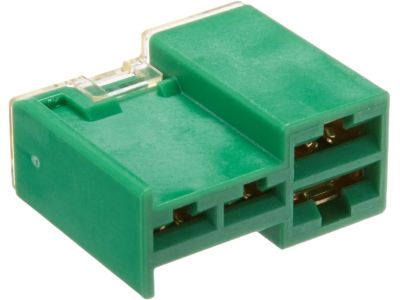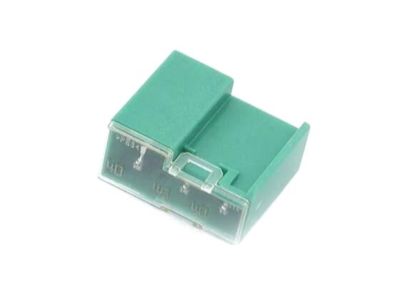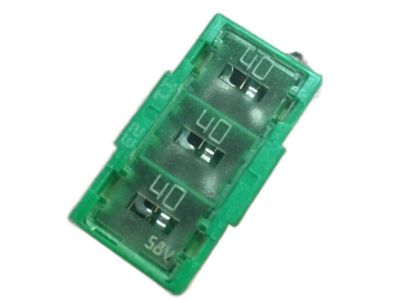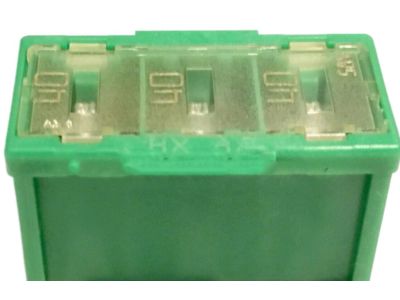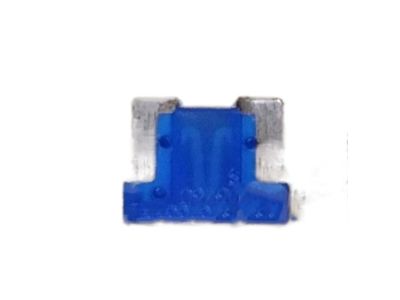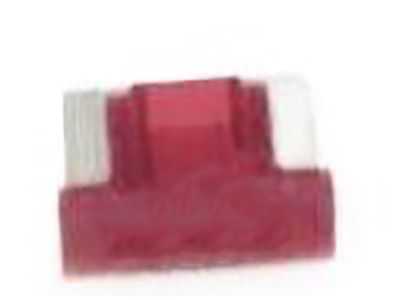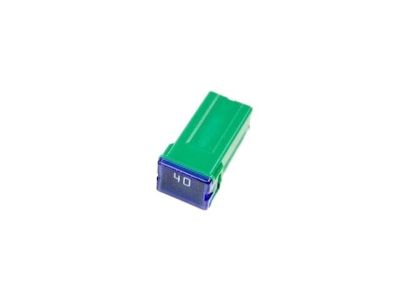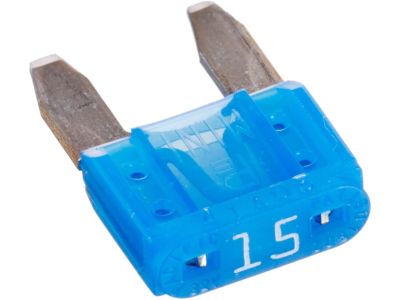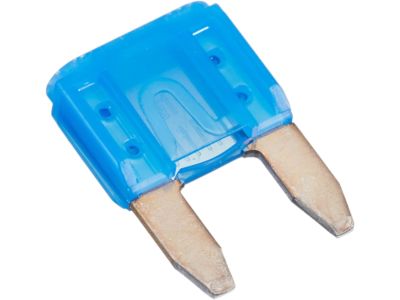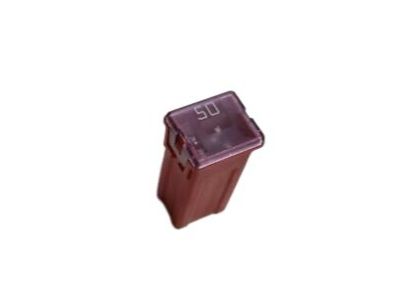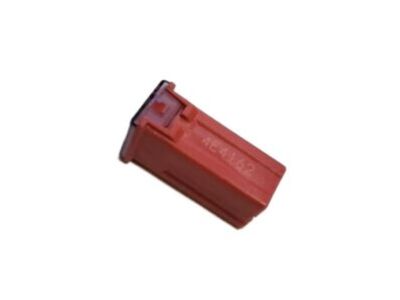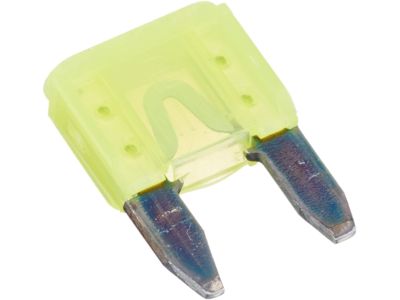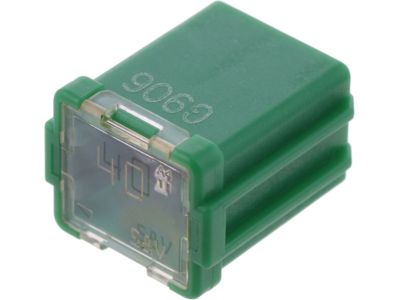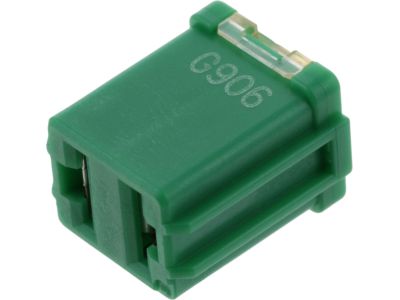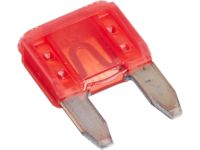×
- Hello
- Login or Register
- Quick Links
- Live Chat
- Track Order
- Parts Availability
- RMA
- Help Center
- Contact Us
- Shop for
- Nissan Parts
- Nissan Accessories

My Garage
My Account
Cart
Genuine Nissan Quest Fuse
Circuit Fuse- Select Vehicle by Model
- Select Vehicle by VIN
Select Vehicle by Model
orMake
Model
Year
Select Vehicle by VIN
For the most accurate results, select vehicle by your VIN (Vehicle Identification Number).
21 Fuses found

Nissan Quest Connector Assy-Fusible Link
Part Number: 24370-C9900$17.59 MSRP: $26.45You Save: $8.86 (34%)Ships in 1-3 Business Days
Nissan Quest Connector Assy-Fusible Link
Part Number: 24370-C991B$10.41 MSRP: $15.65You Save: $5.24 (34%)Ships in 1-3 Business Days
Nissan Quest Fuse
Part Number: 24319-89915$4.00 MSRP: $6.02You Save: $2.02 (34%)Ships in 1-2 Business Days
Nissan Quest Fuse
Part Number: 24319-89910$4.00 MSRP: $6.02You Save: $2.02 (34%)Ships in 1-3 Business Days
Nissan Quest Connector Assy-Fusible Link
Part Number: 24370-C9921$20.75 MSRP: $31.20You Save: $10.45 (34%)Ships in 1-3 Business Days
Nissan Quest Fuse-20A, T-Mini
Part Number: 24319-89920$3.89 MSRP: $5.85You Save: $1.96 (34%)Ships in 1-2 Business Days
Nissan Quest Fuse
Part Number: 24319-C9910$3.59 MSRP: $5.40You Save: $1.81 (34%)Ships in 1-3 Business Days
Nissan Quest Fuse
Part Number: 24319-C9915$3.08 MSRP: $4.85You Save: $1.77 (37%)Ships in 1-3 Business Days
Nissan Quest 50A Fuse
Part Number: 24370-C9924$20.20 MSRP: $30.38You Save: $10.18 (34%)Ships in 1-3 Business Days

Nissan Quest Connector Assembly - FUSIBLE Link
Part Number: 24370-C994A$2.89 MSRP: $4.35You Save: $1.46 (34%)Ships in 1-3 Business Days
Nissan Quest Fuse
Part Number: 24319-C9907$3.64 MSRP: $5.47You Save: $1.83 (34%)Ships in 1-3 Business DaysNissan Quest Connector Assy-Fusible Link
Part Number: 24370-C9923$24.03 MSRP: $36.15You Save: $12.12 (34%)Ships in 1-3 Business DaysNissan Quest Fuse
Part Number: 24319-8993A$3.40 MSRP: $5.11You Save: $1.71 (34%)Ships in 1-3 Business DaysNissan Quest Connector Assembly - FUSIBLE Link
Part Number: 24370-C991C$44.76 MSRP: $67.31You Save: $22.55 (34%)Ships in 1-3 Business DaysNissan Quest FUSIBLE Line Brown
Part Number: 24370-0B015$13.08 MSRP: $19.67You Save: $6.59 (34%)Ships in 1-3 Business DaysNissan Quest Connector Assy-Fusible Link
Part Number: 24370-0B010$7.21 MSRP: $10.84You Save: $3.63 (34%)Ships in 1-3 Business Days
| Page 1 of 2 |Next >
1-20 of 21 Results
Nissan Quest Fuse
If you need any OEM Nissan Quest Fuse, feel free to choose them out of our huge selection of genuine Nissan Quest Fuse. All our parts are offered at unbeatable prices and are supported by the manufacturer's warranty. In addition, we offer quick shipping to have your parts delivered to your door step in a matter of days.
Nissan Quest Fuse Parts Questions & Experts Answers
- Q: How are the electrical circuits of a Nissan Quest safeguarded, and what should be considered when replacing fuses?A:The electrical circuits of the vehicle are safeguarded by a combination of fuses and circuit breakers, with fuse blocks located under the instrument panel and in the engine compartment; the interior fuse/relay block is at the end of the driver's side of the instrument panel, while models from 1996 and later have the main engine compartment fuse/relay box positioned just in front of the battery, and earlier models feature a center fuse panel to the right of the battery and a left-hand fuse panel on the driver's side inner fenderwell. Each fuse is designed to protect specific circuits, which are identified on the fuse panel. Miniaturized fuses with blade terminal design allow for easy fingertip removal and replacement, and if an electrical component fails, checking the fuse first is advisable; using a test light to check for power at the exposed terminal tips of each fuse can help determine if a fuse is blown, which can also be visually confirmed by inspecting the element between the terminals. It is crucial to replace blown fuses with the correct type, as fuses of different ratings are physically interchangeable but should match the specified rating to ensure proper protection for each electrical circuit, with the amperage value molded into the fuse body. If a replacement fuse fails immediately, it should not be replaced again until the underlying issue, often a short circuit due to a broken or deteriorated wire, is resolved. All models include a main fuse that protects all circuits from the battery; if overloaded, this fuse blows to prevent damage to the main wiring harness, and it consists of a metal strip that visibly melts when overloaded. Always disconnect the battery before replacing the main fuse, which is located in the engine compartment fuse box and resembles standard fuses/relays, ensuring that the replacement unit matches the old fuse's amperage rating to avoid switching ratings.
